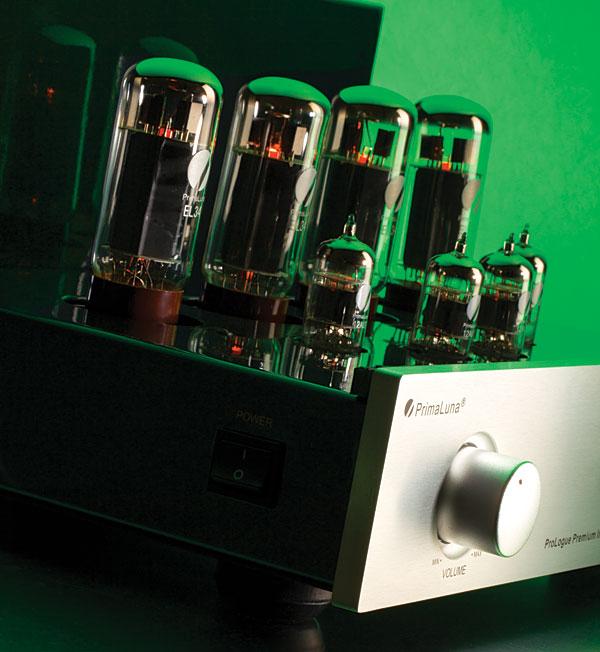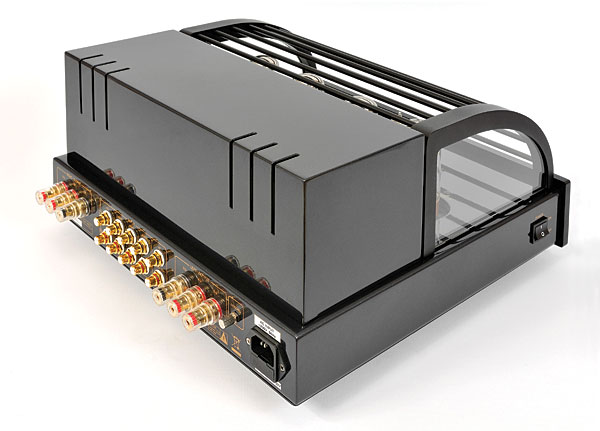| Columns Retired Columns & Blogs |
You say ML Motif is 0.52 ohms at 20kHz and your measurements imply the amplifier's output impedance is 2.5 ohms on the 8 ohm tap.
If we assume the Motif might have a 16 ohm impedance peak somewhere in its pass band (a reasonable assumption) then the voltage at the Motif will vary by 14dB between that impedance peak and the 0.52 ohms at 20kHz.
14dB.....now that's a recipe for changing the sound of the Motif :)








































